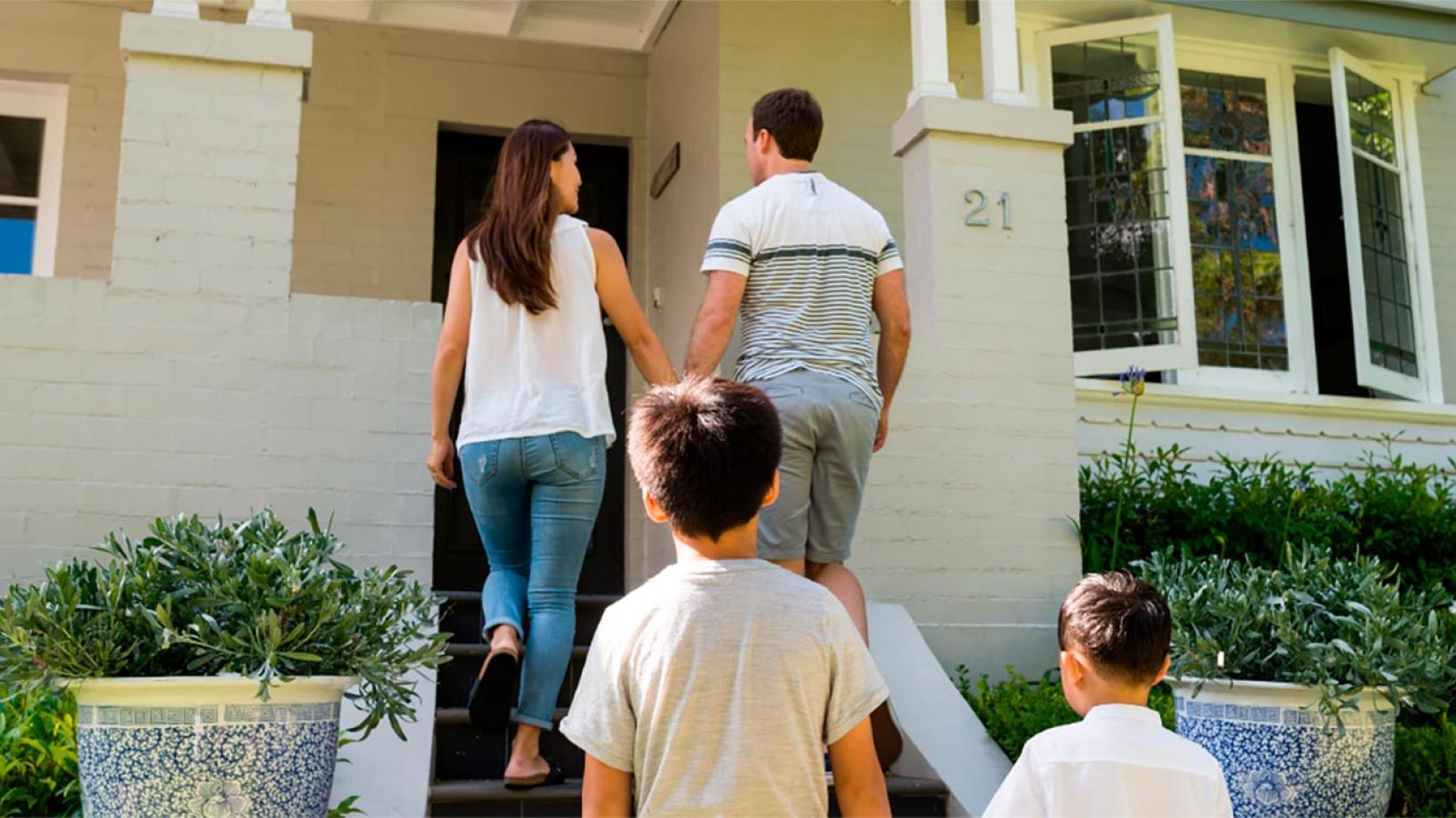Energy Consumers Australia is calling for a new national partnership of all three levels of government to coordinate the energy transition for consumers.
In its Stepping Up report, released today, the organisation sets out the financial benefits for households in going all-electric – highlighting the barriers facing some consumers in making the switch.
Energy Consumers Australia is calling on all three levels of government to ‘step up’ and work together to support and enable everyone in Australia to realise the opportunities of the energy transition.
“Our research shows there are savings for consumers after they go all-electric – but there are costs and other barriers that make it difficult for some people to do so,” said Energy Consumers Australia’s Interim Chief Executive Officer Jacqueline Crawshaw.
“This report sets out the case for a new national partnership across all levels of government to coordinate the energy transition for consumers.
“There needs to be a clear national plan for households to go all-electric that gives people the information they need to make the transition, provides them with funding and support, and identifies the policy changes needed to ensure no one gets left behind in Australia’s energy future.”
The Stepping Up report from Energy Consumers Australia is accompanied by new modelling from CSIRO and Dynamic Analysis that sets out the financial benefits for consumers of going all-electric.
The modelling shows that by 2030 the average difference in total energy costs, including transport, between a typical fossil-fuelled home and an all-electric home (without solar and a battery) will be $2,250 per year.
CSIRO’s research also shows that as more and more households electrify all appliances, households that remain connected to gas are likely to pay significantly higher bills due to the need to pay higher network charges to recoup the cost of a less utilised gas network.
The modelling suggests that the most ‘bang for buck’ will be achieved through enabling a switch to electric vehicles, reducing barriers to renters and apartment dwellers electrifying their homes, and carefully managing the decline of household gas use to ensure those who can least afford it are not left behind.
The modelling also shows that widespread uptake of electric vehicles (EVs) doesn’t just benefit individuals – electricity bills for all consumers will likely come down through better network utilisation due to EVs.
However, Ms Crawshaw said most consumers were not aware of the need to decarbonise, including by electrifying their home.
Other research conducted by Energy Consumers Australia in June this year found 65 per cent of household consumers have not given thought to converting their homes to run only on electricity. Only 9 per cent have given serious thought to cancelling their gas supply.
“Consumers want to know what the energy transition means for them – and what the costs and benefits are,” said Jacqueline Crawshaw from Energy Consumers Australia.
“Households make up nearly 25 per cent of energy usage in Australia. The energy transition is not just about wind turbines and solar farms – it’s about cars, hot water systems and stovetops.

